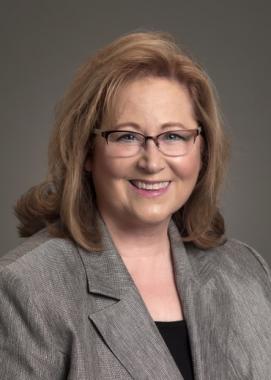 Story by V. Michelle Bernard
Story by V. Michelle Bernard
My Home, a recent album of original music and hymns arranged in a Bossa Nova style, is the result of three years of work by Felipe Paccagnella, a member of Potomac Conference’s Washington Brazilian church in Takoma Park, Md.
To find out more about his inspiration behind the album, we interviewed him:
Visitor: How long have you been involved in music, and specifically writing and arranging?




 Editorial by Jacqueline Messenger
Editorial by Jacqueline Messenger
 Story by Tompaul Wheeler/ Photos courtesy Calhoun Photography
Story by Tompaul Wheeler/ Photos courtesy Calhoun Photography
 Story by Tompaul Wheeler
Story by Tompaul Wheeler